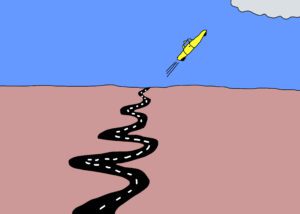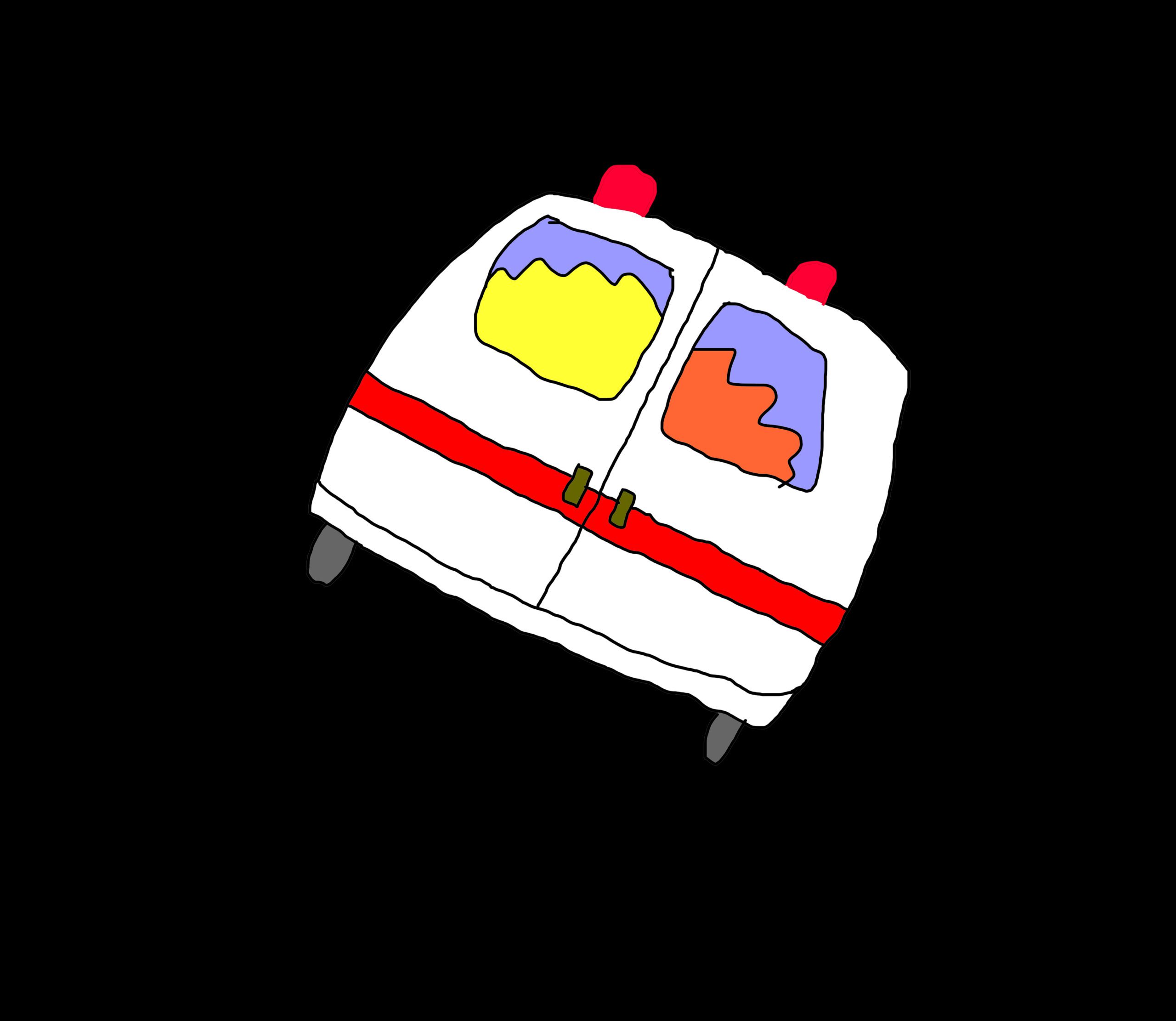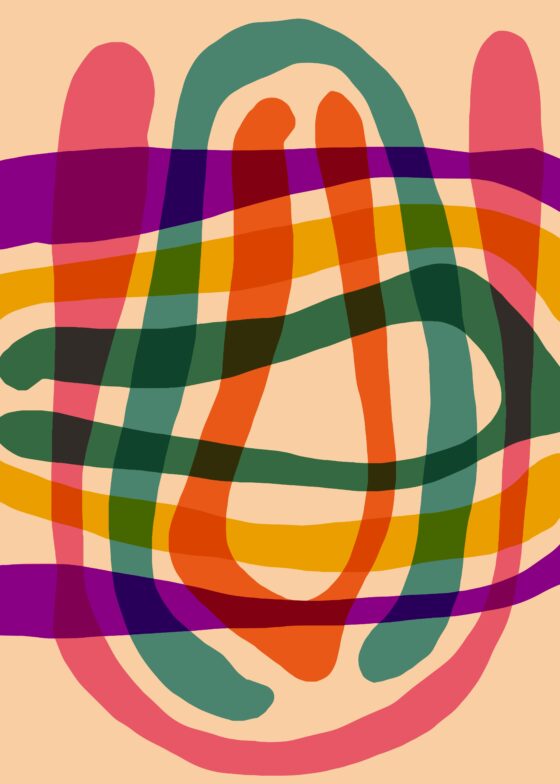
“Follow that car!” I said from the back seat. I had always wanted to say it, and now, having said it once, by golly, I wanted to say it again.
“Follow that car!” I said again. A warm wash of confidence came over me. You don’t really know who you are until you know which car you’re following. Now I knew both.
“No, no,” I said, “Not that car, that car! Yes, oh yes, that’s the car for me.”
“You got it, lady!” the driver said. He followed the car in question, like it was any old boring passenger request. Like I had asked him to maybe roll up the windows, or turn down the music, or open a vein. I suppose he had been through this routine before, with other passengers, better passengers, hundreds of them. I suppose that at the end of the day, one car following another is basically just called traffic. Ho hum.
“I’ve been through this routine before,” the driver said with a laugh. He leaned forward to better see me in the rearview mirror, and the glass revealed those bright familiar eyes, torn from a mischievous face. I had been so preoccupied with following that car, I had completely overlooked this car. The air freshener, the odometer, the torn fabric and the photos on the dashboard. The distance between his seat and the brake, the way he had to extend his leg and really lunge for it.
All this time, don’t forget: we were still following the car.
My friends told me, if you look into his cupholder, you’ll know the nature of his soul. There, I expected to find the odd piece of gum, the cratered chip or the rusty coin, the used tissue in repose, the mint capsized in liquid. But his cupholder was spotless, as clean as can be, as though it had never held a single thing, let alone a cup. I’m not sure what this said about his soul, but maybe it said something about mine, about me, always filling a negative space with my unfair assumptions. And what about those photos on the dashboard?
“So is this your first time?” he asked. “Following a car, I mean.”
“Yes,” I said. “I only ever planned to do it once. I guess I’m traditional like that. A traditional girl.”
“Well I’m glad fate brought you to my back seat,” the driver said.
“Fate has nothing to do with it,” I said. I didn’t believe in fate, and the driver knew this about me. He knew it better than anyone. For god sakes, it was part of my wedding vows, the part about fate being baloney, and he was definitely there for those vows, receiving those vows, because I am his wife, and there are pictures from that very day tacked on his dashboard. Us holding hands, us eating cake, us being married.
Did I not mention that the driver and I were married?
I confess, I’m not clear on the order of events. When the story started, I was already in the car, asking to follow another car, so who can say what happened first? Who can say how long I’d been in the car, the sum-total of car related minutes, years? The scenery changed around us, and the changes were practically continental. We’d been driving forever, it seemed. But I was definitely his wife, and he was definitely my husband, somewhere along the road. Maybe his cupholders were clean because we were married, or maybe I married him for his clean cupholders. I can’t remember anymore.
What I do remember, is that we continued to follow the car.
“We can cut them off up ahead,” my husband said, “if we take this exit!”
“You’re missing the point entirely. We don’t want to cut anything off! In fact, drive slower. I want you to pretend to lose the car. Say ‘drat, we lost ‘em.’ And then say, ‘oh look, there they are again!’ Go on!”
My husband was used to these sorts of shenanigans, my own brand of hooey. He obliged. When he wanted to listen to the same songs on repeat, I obliged. We obliged each other in the ways we knew how. We knew it had something to do with kindness. We didn’t know much of anything else, but we knew this.
Here’s what I know about following a car. Sometimes you lose sight of the car for a second, and sometimes you’re kissing its bumper. Sometimes you fight about which detour to take. Sometimes you’re right, and sometimes no one is right, but no one is ever wrong. Sometimes you take over driving for a little, while your husband sleeps in the backseat, and sometimes he takes over for you, while you lock the passenger seat in full recline, wishing for a moonroof, or a sunroof, or an interplanetary roof.
Sometimes you get sidelined by roadside attractions, but following the car is always the main event.
Sometimes the car swerves over the yellow line, and so you do the same. Sometimes the car runs a red light, and so you do the same. Sometimes the car goes straight ahead into oncoming traffic, and so you do the same. Sometimes the car turns on its sirens, because the car is an ambulance.
Did I not mention that the car was an ambulance?
We could not turn on our sirens because we had none, but I found a radio station to accompany the high-pitched wail, and we followed the ambulance from one town to the next, to the next. We-oooo, we-oooo. The emergency, suspiciously, continued. It was a long and unending emergency, like life.
“I hope everyone’s okay in there,” my husband said, gesturing towards the ambulance.
“Oh, it sounds worse than it is,” I said.
He looked concerned. Unconvinced.
“I’m sure they’re fine,” I said, and he agreed.
I could say that they were fine, because I knew it for a fact. Because even though we were following the ambulance, I was also inside the ambulance. It’s hard to describe.
I could see myself just ahead, through the small windows in the back door. In the ambulance, I was having a baby. In the ambulance, our daughter had sprained her ankle. In the ambulance, I had been in a car accident, but the ambulance was just a precaution. In the ambulance, there was a false alarm. In the ambulance, my husband was sick, and we had tried to walk to the hospital, but he couldn’t make it that far, and we didn’t have insurance but we had to take an ambulance, we just had to, there was no other way, no buses or trains, and we had to pay for the ambulance in installments for the rest of the year, and to be honest, we never really finished paying. And it was fine. In the ambulance, one of us was dying, and it was fine, because each of us was sure that we would be the one to die first. In our wildest dreams, we could not imagine a world in which either one of us died second, alone. And so it was fine.
“I’m sure they’re fine,” I said again, but now you’ll understand that when I said they I really meant we.
“Are we there yet?” our daughter asked from the back seat.
We followed the car until it was evening, and then morning, and sometimes afternoon. There were no cars left, and the roads were just paved lines dotted with trees, the ambulance out of sight, then back in view again, sirens fading like the ringing of an old bell, distant, and then sharper, closer, over and over, until the curve of the earth bent to our wheel. Until from certain a vantage, we were not following the car, but the car was following us, chasing us. Then we had to make a break for it, fleeing, fading, but from another vantage, we were chasing the car, once again, and on and on like this forever. Always with the knowledge that one day, one day very soon, whether we liked it or not, the miles would accumulate, the gas would run dry, the tires would go flat. We would catch up.
***
Rumpus original art by Max Winter.







